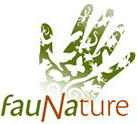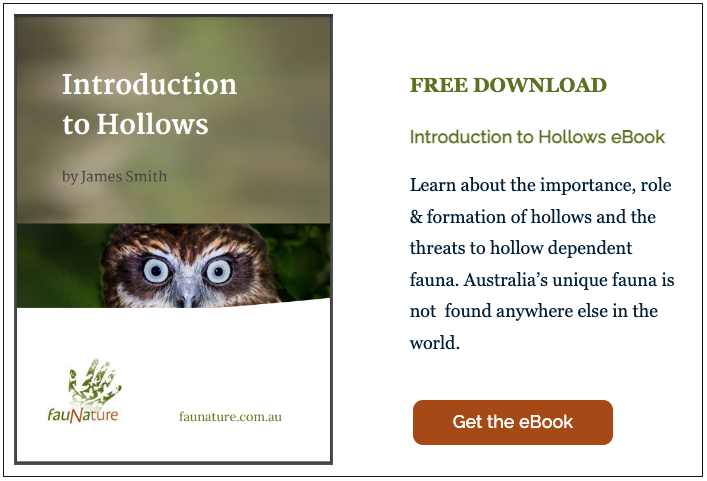![]() Biodiversity Sensitive Urban Development (BSUD) is an approach to urban planning and design that considers the need to conserve and enhance biodiversity in urban areas. The concept recognises that urbanisation has significant impacts on the natural environment, and the species that live there, and seeks to mitigate these impacts through the incorporation of biodiversity considerations into urban planning and design.
Biodiversity Sensitive Urban Development (BSUD) is an approach to urban planning and design that considers the need to conserve and enhance biodiversity in urban areas. The concept recognises that urbanisation has significant impacts on the natural environment, and the species that live there, and seeks to mitigate these impacts through the incorporation of biodiversity considerations into urban planning and design.
BSUD involves a range of strategies and practices, including the protection and restoration of natural areas, the creation of green infrastructure such as development of structured vegetive layers and the use of native plants in landscaping, along with the incorporation of features that support wildlife such as bird boxes and possum boxes.
The goal of BSUD is to create more livable and sustainable cities by preserving and enhancing the natural environment and the many benefits it provides, such as improved air and water quality, climate regulation, and recreational opportunities. By adopting this approach, urban planners and designers can help to create cities that are not only more resilient to environmental challenges, but also healthier and more enjoyable for their inhabitants.
Biodiversity Sensitive Urban Development (BSUD) and Animals
One critical aspect of BSUD is the protection and enhancement of animal habitats in cities. Animal habitats are essential for the survival of many species, as they provide food, shelter, and breeding grounds. Urbanisation has had a significant impact on these habitats, as natural areas are destroyed or fragmented to make way for buildings and infrastructure. This can lead to the displacement or loss of many animal species, as well as a decline in the overall biodiversity of the area. It can also lead to the loss of critical resources, such as food and shelter that animals need to survive. In some cases, urbanisation can also create new habitats that are attractive to certain animals leading to an influx of invasive species that can displace native wildlife.
BSUD seeks to address these issues by incorporating features that support animal habitats into urban planning and design. This can include the protection and restoration of natural areas, the creation of green infrastructure such as parks, the use of native plants in landscaping, increased connectivity and provision of nesting sites – all these features provide vital habitats for a wide range of our native birds and animals.
One of the key strategies of BSUD is the creation of green corridors or wildlife corridors, which are strips of natural vegetation that connect fragmented habitats. These corridors provide important habitat in and of themselves. They also allow animals to move between habitats, which can help to maintain genetic diversity and prevent the isolation of animal populations.
Overall, BSUD is an important approach to urban planning and design that recognises the importance of animal habitats in maintaining biodiversity and supporting the natural environment. By incorporating features that support animal habitats into urban areas, we can create healthier, more vibrant, attractive sustainable cities.
Contact fauNature today to discuss how we can help you and your wildlife project.

